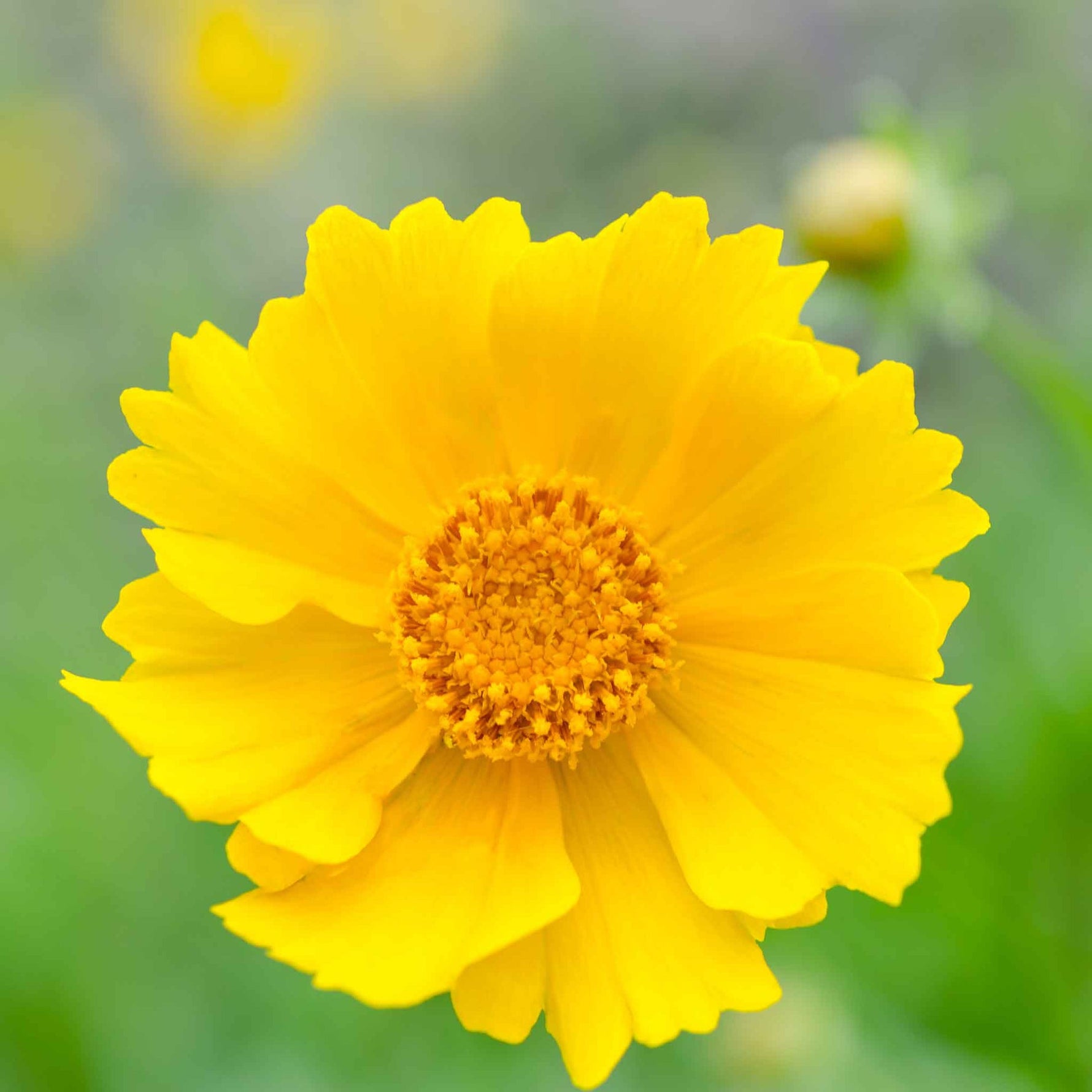
Dharaseeds
Lance-Leaf Coreopsis Seeds
Estimated Free Delivery between April 16 and April 19.
Secured Payment Methods
Your transaction is protected with advanced security measures to keep your information confidential
Lance-Leaf Coreopsis Seeds
Lance-Leaf Coreopsis (Coreopsis lanceolata) is a striking perennial wildflower known for its bright yellow, daisy-like blooms and long-lasting beauty. This hardy and low-maintenance plant is perfect for adding a splash of color to gardens, meadows, or borders. As a pollinator-friendly flower, it attracts bees, butterflies, and other beneficial insects, making it an excellent choice for eco-conscious gardeners.
Key Benefits
- Brilliant Blooms: Produces vibrant yellow flowers with a soft orange center that brighten any landscape.
- Pollinator Magnet: A favorite of bees and butterflies, supporting a healthy garden ecosystem.
- Low-Maintenance: Drought-tolerant and adaptable to various soil types, perfect for beginner gardeners.
- Long Bloom Period: Offers extended flowering from late spring through mid-summer.
- Naturalizing Plant: Self-seeding habit allows it to return year after year with minimal effort.
Variety Features
- Plant Characteristics: Upright, clump-forming plants with slender, lance-shaped green leaves.
- Height & Spread: Grows 12–24 inches tall with a spread of 12–18 inches, creating a lush, colorful display.
- Flower Profile: Golden-yellow petals with toothed edges and a warm, orange center.
- Wildlife Benefits: Provides food and habitat for pollinators and is deer-resistant.
Planting Instructions
Planting Season
- Spring or Fall: Best planted after the danger of frost has passed in spring or during cooler fall months.
- Hardiness Zones: Suitable for USDA zones 4–9.
Planting Details
- Seed Depth: Scatter seeds on the soil surface, pressing them gently for contact but do not bury, as they require light to germinate.
- Spacing: Space plants 12–15 inches apart for optimal growth.
- Soil Requirements: Thrives in well-drained soil but tolerates poor, sandy, or rocky soils.
- Sunlight: Prefers full sun but tolerates light shade.
Care Instructions
Watering
- Water lightly during germination, then reduce frequency once established. Drought-tolerant once mature.
Fertilization
- Requires minimal fertilization; an occasional dose of compost or a balanced fertilizer suffices.
Pruning and Maintenance
- Deadhead spent flowers to prolong blooming and maintain a tidy appearance.
- Cut back in late fall or early spring to encourage fresh growth.
Pest and Disease Control
- Naturally resistant to pests and diseases. Ensure good air circulation to avoid mildew.
Blooming and Harvesting
- Bloom Time: Late spring through mid-summer, with potential for a second bloom in early fall if deadheaded.
- Cut Flower Use: Lance-Leaf Coreopsis makes a cheerful addition to floral arrangements with its long-lasting blooms.
Culinary and Ecological Uses
- Pollinator Haven: A vital nectar source for bees, butterflies, and even hummingbirds.
- Erosion Control: Ideal for stabilizing soil on slopes or erosion-prone areas.
- Meadow Gardens: Pairs beautifully with other wildflowers like Black-Eyed Susans and Purple Coneflowers.
Conclusion
Lance-Leaf Coreopsis is an exceptional addition to any garden or wildflower meadow, combining beauty, resilience, and ecological benefits. With its cheerful blooms, easy care, and ability to naturalize, this plant is a must-have for gardeners of all skill levels. Whether planted in borders, containers, or as part of a native landscape, Lance-Leaf Coreopsis is sure to bring life and color to your outdoor space.











